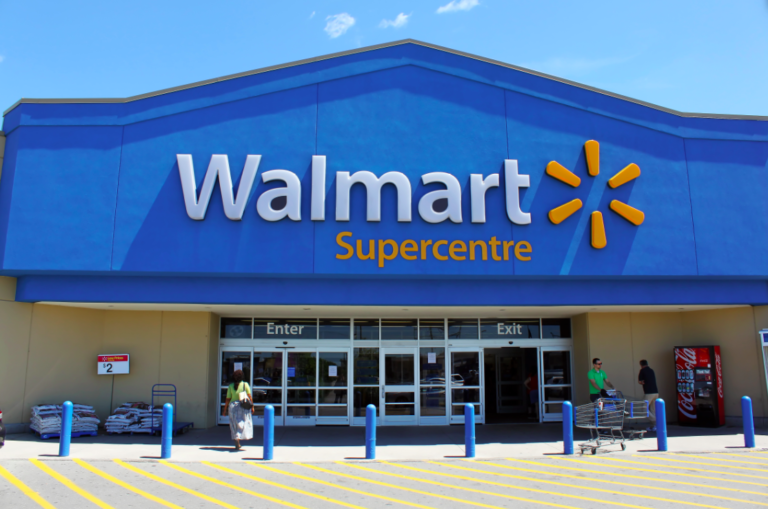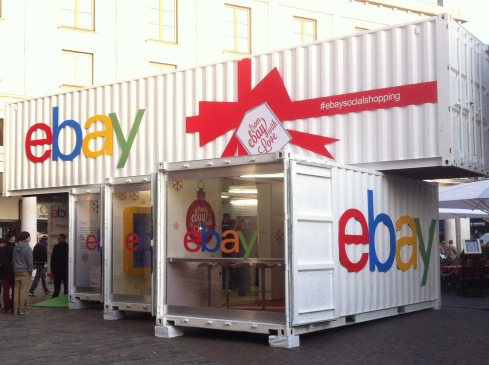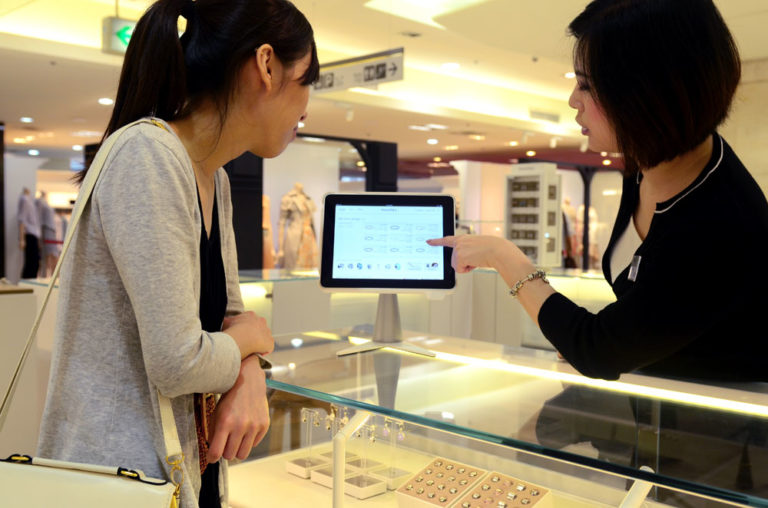We’ve written before about the unique challenges traditional brick-and-mortar retail stores currently face. Between steadily increasing consumer preference for e-commerce and standardization of manufacturing and delivery, companies are finding it more and more difficult to bring customers to their doors.
And some are going far lengths to do so.
Perhaps the most salient example of this is Wal-Mart, which recently announced an initiative to give customers a discount on thousands of online-only items if they pick up the item in select physical locations, according to CNBC.

Photo by Forbes
Wal-Mart’s primary reason for this is to cut down on last-mile delivery costs, but the boost in foot traffic is certainly an additional motive. Even competitor Target has taken note, claiming that ⅓ of customers who pick up online orders in-store also purchase additional items during their trip.
While we do wonder what the outcome of Wal-Mart’s initiative will be (would you make the trip to pick up online purchases in-store if it meant a cost discount?), we can note that the effort is demonstrative of a larger push in retail to drive foot traffic.
For many businesses, one solution to low visitors may lie in engaging, in-store consumer experiences.

Photo by Double Experience
We’ve seen this trend on the tail end of the internet boom, as businesses that initially operated internet-only opt to open physical flagstaffs and a variety of others try their success with pop-up shops.
While having a physical location can provide consumers with a place to touch, see and smell products for themselves, a physical location alone is proving to no longer be enough.
Mobile commerce innovation specialist Nitin Mangtani explains this in part as a result of e-commerce. Consumers have the luxury of completing purchases from the comfort of their living room, so when it comes to a physical trip to the store, the trip better be worth it. In a Forbes piece, Mangtani writes, “Whether or not consumer spending remains relatively restrained, folks have come to expect more memorable, enjoyable experiences than before.”
Consumers predominantly seek those experiences of touching, seeing and smelling that are memorable. While pop-up shops may be one method of engaging customers, they aren’t the only. In fact, brick-and-mortar stores can manufacture their own user engagement through memorable experiences, often weaving the modern realities of e-commerce into the picture.

This can be done in multiple ways. To revisit the pop-up shop trend, many of the pop-up shops that have seen success have done so because of the unique integration of technology. Most commonly, consumers can make online purchases via iPads or tablets while physically at the pop-up shop. While this may seem counterintuitive, the initiative actually operates to solve the “offline versus online conundrum” by giving consumers the experience of trying on clothing, test-driving an automobile or creating with a piece of technology and the ease of doorstep delivery. For the pop-up shop, this means minimal quantity and high revenue. Just look at Bonobos’ Guide Shops, which carry out this tactic with ease.
Pop-up shops aren’t the only method for creating authentic in-store experiences, though. Especially in the tech industry, major companies are pushing the envelope of real-time experiences. Apple’s in-store Genius bar initiative, for example, gives potential customers the opportunity to experiment with new products prior to purchase. Microsoft has quickly followed suit with its own flagship stores.
Why would companies that offer products most easily purchased online take the time to invest in flagship, experience-based locations? Because these companies are cognizant of the power that live experiences hold for consumers’ purchase decisions.